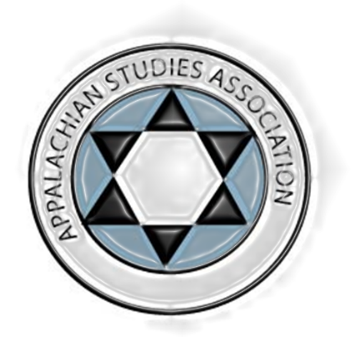Participation Type
Paper
Session Title
Session 2.04 Appalachian Studies
Mapping Un-Appalachia
Presentation #1 Abstract or Summary
The authors will demonstrate the application of Geographic Information Systems (GIS) tools and dynamic information visualization to an exploration of the margins of Appalachia as both a bounded geographic region and as an abstract idea. By targeting, mapping, and exhibiting data sets collected from the administrative counties that immediately border (and therefore lie just beyond) Appalachia as presented by the Appalachian Regional Commission (ARC), the authors seek to explore commonalities as well as dissimilarities at the periphery. The goal of the project is three-fold. First, the authors seek to deconstruct a false dichotomy of Appalachia and not-Appalachia reinforced by the local borders of the ARC-designated region in favor of seeing a more nuanced spectrum of Appalachia. Secondly, the authors test the usefulness and correlations of “weird” data sets, especially those typically collected outside of standard social science research. These types of data include a range of new frames on social behavior, from geo-located Twitter posts to naming conventions and roofing with solar panels. And, finally, the authors explore the potential for leveraging emergent tools in the computational humanities for application in Appalachian Studies at large.
At-A-Glance Bio- Presenter #1
Christopher Miller is Assistant Professor and Archivist at McConnell Library – Radford University. His research interests include the future of archives and libraries as well as the conceptualization of the human body as a repository of cultural knowledge. His most recent projects in digital media and the creation of digital repositories have included the digitization of early 78rpm records from Burma, the application of video annotation tools to dance ethnography, and the development of motion-based query.
At-A-Glance Bio- Presenter #2
David Doherty is an undergraduate student majoring in Geospatial Science in the College of Science and Technology at Radford University.
Mapping Un-Appalachia
The authors will demonstrate the application of Geographic Information Systems (GIS) tools and dynamic information visualization to an exploration of the margins of Appalachia as both a bounded geographic region and as an abstract idea. By targeting, mapping, and exhibiting data sets collected from the administrative counties that immediately border (and therefore lie just beyond) Appalachia as presented by the Appalachian Regional Commission (ARC), the authors seek to explore commonalities as well as dissimilarities at the periphery. The goal of the project is three-fold. First, the authors seek to deconstruct a false dichotomy of Appalachia and not-Appalachia reinforced by the local borders of the ARC-designated region in favor of seeing a more nuanced spectrum of Appalachia. Secondly, the authors test the usefulness and correlations of “weird” data sets, especially those typically collected outside of standard social science research. These types of data include a range of new frames on social behavior, from geo-located Twitter posts to naming conventions and roofing with solar panels. And, finally, the authors explore the potential for leveraging emergent tools in the computational humanities for application in Appalachian Studies at large.

